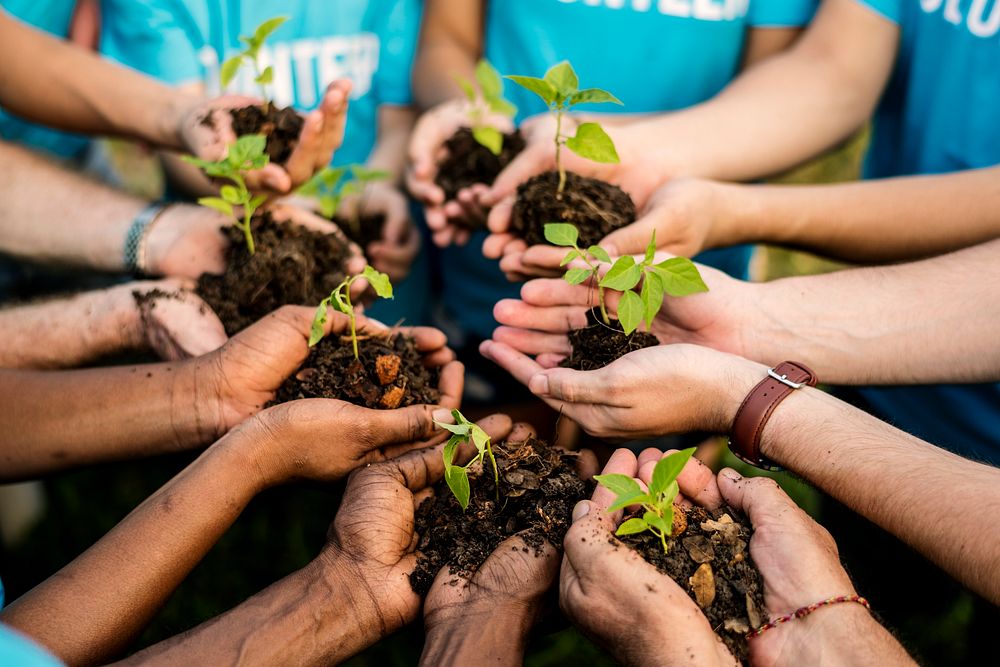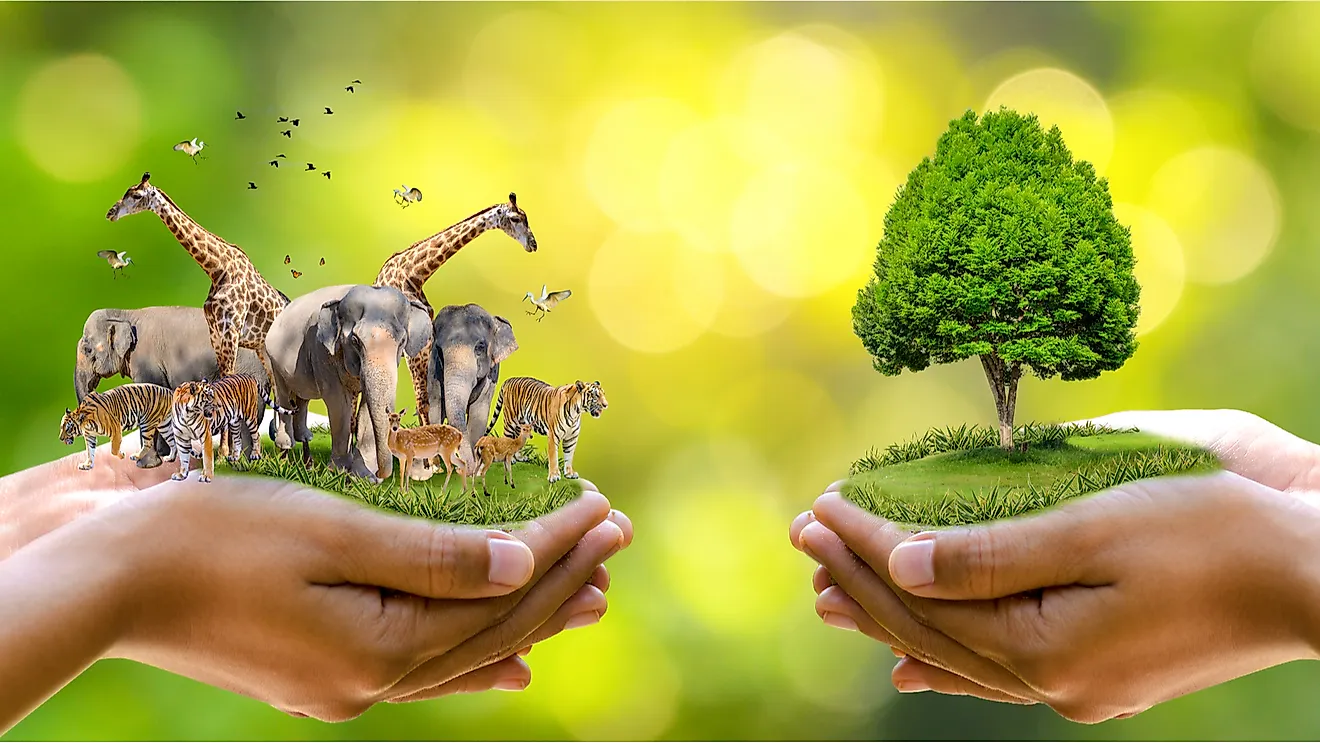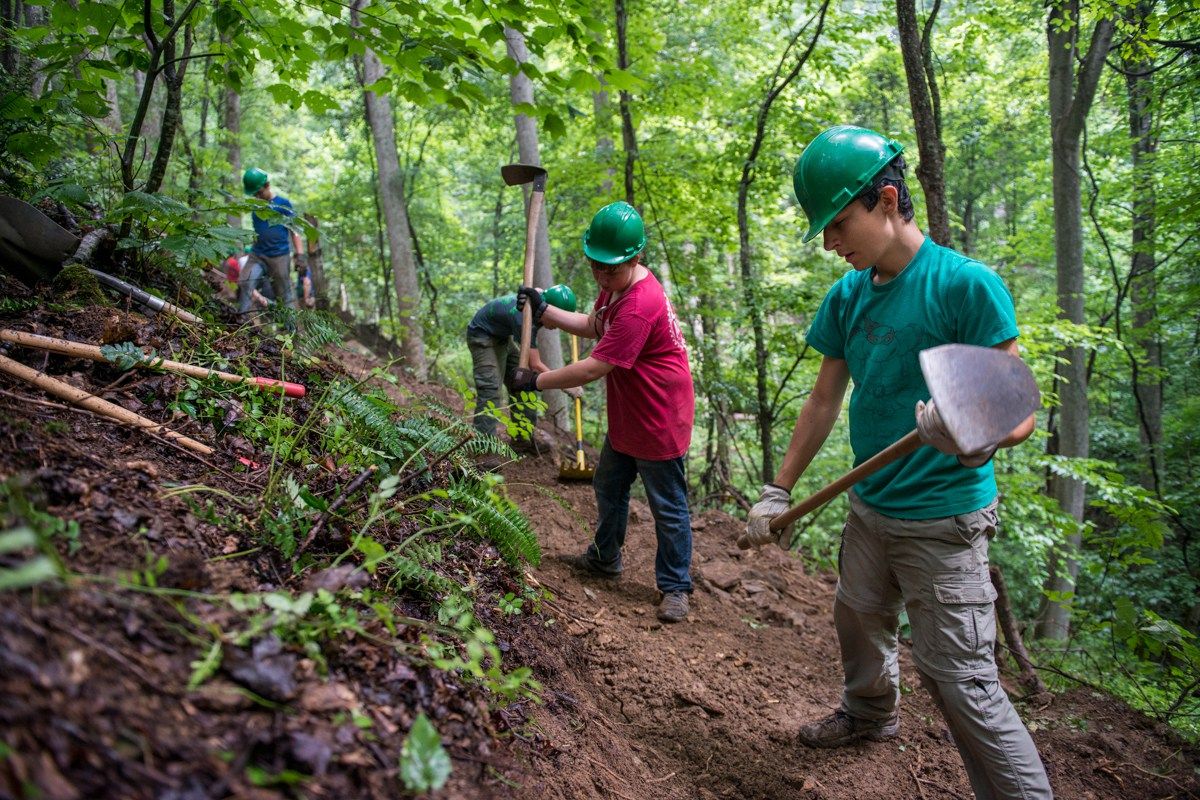Dive In & Dig Deep: Your Guide to Local Environmental Conservation
The whisper of wind through leaves, the sun warming your skin, the vibrant symphony of nature – these are the gifts our planet generously offers. But these gifts are under threat. Climate change, habitat loss, and pollution are real, tangible dangers. But the good news? You can be part of the solution! This isn’t just about feeling guilty; it’s about becoming a guardian. This article is your personalized compass to navigate the exciting world of local environmental conservation. Let’s get dirty (figuratively and literally!) and make a difference, right where you are.
Finding Your Environmental Conservation Tribe
The environmental movement isn’t a monolith. It’s a vast, diverse landscape, offering something for everyone. Think of it as a giant, interconnected network. Finding your niche is key to sustained involvement. Consider these questions:
- What are you passionate about? Are you a tree hugger at heart? Do you love the water? Are you fascinated by birds?
- What are your skills and interests? Are you a writer? A gardener? A data analyst? A social media guru?
- How much time can you realistically dedicate? A few hours a month? Several days a week?
Once you’ve pondered these, let’s explore some avenues for getting involved.
Unearthing Opportunities: The “Where to Start” Guide
Here’s a breakdown of common areas and example roles.
| Area of Focus | Role Examples | Description |
|---|---|---|
| Habitat Restoration | Volunteer Planting, Trail Maintenance, Invasive Species Removal | Working outdoors to repair ecosystems, improve wildlife habitats, and manage local parks and forests. Get your hands dirty! |
| Water Quality | Water Monitoring, Stream Cleanup, Data Analysis | Assessing the health of local waterways, removing pollutants, and collecting data to track changes. |
| Wildlife Protection | Bird Surveys, Animal Rescue, Habitat Monitoring | Observing and protecting local wildlife populations, helping injured animals, and understanding their needs. |
| Advocacy & Education | Writing Letters, Community Outreach, Public Speaking | Raising awareness about environmental issues, educating the public, and influencing policy decisions. |
| Sustainable Practices | Community Gardening, Waste Reduction Initiatives, Local Food Movements | Promoting environmentally friendly habits within your community. From composting to reducing your carbon footprint. |
| Citizen Science | Data Collection, Research Participation, Observation Projects | Contribute to scientific research by collecting data and making observations. |
Tip: Search online for “environmental groups near me” or “conservation organizations [your city/region]”. You’ll be amazed at what you find!
Action Stations: Putting Your Feet on the Ground
Now, let’s look at some practical steps.
-
Research & Connect:
- Local Organizations: Identify and research local environmental groups. Check their websites, social media, and upcoming events.
- Community Events: Attend local fairs, farmers’ markets, and community meetings where environmental organizations may have a presence.
- Online Platforms: Explore websites like VolunteerMatch or Idealist to find environmental volunteer opportunities in your area.
-
Volunteer!
- Start Small: Begin with short-term commitments or one-time events to test the waters.
- Attend Orientation: Get familiar with the group’s mission, protocols, and safety guidelines.
- Learn & Ask Questions: Don’t be afraid to ask for guidance. Environmental conservation is a learning process.
-
Become a “Green” Citizen:
- Reduce, Reuse, Recycle: Embrace sustainable practices in your daily life.
- Support Local Businesses: Choose businesses committed to environmental responsibility.
- Advocate for Change: Contact your elected officials, support environmental legislation, and participate in local government meetings.
-
Develop Your Skills:
- Take Courses: Enroll in workshops or online courses related to environmental science, conservation, or sustainable practices.
- Read Up: Stay informed about local environmental issues and learn about solutions.
- Network: Connect with other environmental advocates and professionals.
Beyond Volunteering: Creative Ways to Contribute
Don’t limit yourself to traditional volunteer roles! Here are some unique ways to make a splash.
- Eco-Art: Create art installations to raise awareness about environmental issues.
- Social Media Activism: Use your social media platform to share information, mobilize support, and advocate for change.
- Fundraising: Organize fundraising events, start a crowdfunding campaign, or donate to environmental organizations.
- Become a “Green” Influencer: Start a blog, podcast, or YouTube channel to share your environmental journey.
- Inspire the Next Generation: Educate children, lead nature walks, or mentor young people.
The Rewards: Why Conservation Matters
The benefits of getting involved in local environmental conservation extend far beyond a “good deed”.
| Reward | Description |
|---|---|
| Improved Ecosystem Health | Direct impact on the health of local habitats and wildlife. |
| Personal Growth | Increased knowledge, skills, and sense of purpose. |
| Community Building | Stronger connections with like-minded individuals. |
| Stress Reduction | Time spent in nature has proven mental and physical benefits. |
| Future Legacy | Contribute to a healthier planet for generations to come. |
Final Thoughts: Plant the Seed
The planet needs you. Local environmental conservation is not a burden; it’s an opportunity. It’s a chance to connect with nature, build community, learn new skills, and make a lasting difference. The journey may start small – a single tree planted, a trash bag filled, a conversation started – but the ripples of your actions will spread far. So, take a deep breath, step outside, and get involved. The earth is waiting!

Additional Information
Getting Involved in Local Environmental Conservation: A Deep Dive
Beyond the basic suggestion of “get involved,” understanding how and where to make a meaningful impact in local environmental conservation requires a more nuanced approach. This breakdown will delve into various aspects of getting involved, providing detailed information, practical advice, and analytical insights.
I. Understanding the Landscape: Assessing Your Local Environment
Before jumping in, it’s crucial to understand the specific environmental issues and resources within your community.
-
1. Research & Observation:
- Identify Key Issues: What are the major environmental concerns in your area? (e.g., pollution, deforestation, water scarcity, habitat loss, climate change impacts). Sources:
- Local Government Websites: Look for environmental departments, reports, and initiatives related to sustainability, waste management, and conservation.
- Regional Planning Documents: These often outline long-term goals for environmental protection and identify specific challenges.
- University Research: Search for research projects conducted by local universities on regional environmental issues.
- Local News & Media: Keep track of local news coverage and reports that focus on environmental topics.
- Community Surveys and Feedback: If available, consider reviewing surveys and feedback from your local community regarding their environmental concerns.
- Map Environmental Assets: Identify your local natural resources:
- Parks, nature reserves, and protected areas.
- Rivers, lakes, wetlands, and watersheds.
- Forests, green spaces, and wildlife corridors.
- Biodiversity hotspots and areas with endangered species.
- Analyze data on ecosystem health, water quality, and air quality.
- Conduct a Personal Assessment: What are the environmental challenges you personally observe in your daily life? (e.g., litter in your neighborhood, polluted waterways, lack of green spaces).
- Identify Key Issues: What are the major environmental concerns in your area? (e.g., pollution, deforestation, water scarcity, habitat loss, climate change impacts). Sources:
-
2. Understanding Local Players:
- Governmental Agencies:
- City/County Environmental Departments: Responsible for implementing environmental regulations, managing parks, and overseeing waste management.
- Local Planning Commissions: Influencing zoning decisions and urban development, impacting green space preservation.
- State Environmental Agencies: Offer grants, technical assistance, and regulations.
- Federal Agencies (EPA, US Fish & Wildlife Service): Offer funding opportunities and set national standards, and may have regional offices.
- Non-Governmental Organizations (NGOs): These play a critical role, offering diverse opportunities:
- Conservation Groups: Focus on habitat restoration, wildlife protection, and land acquisition (e.g., The Nature Conservancy, Sierra Club, local land trusts).
- Environmental Advocacy Groups: Advocate for policy changes and raise public awareness (e.g., Environmental Defense Fund, Greenpeace, local grassroots organizations).
- Community Groups: Address specific local environmental issues (e.g., watershed protection groups, neighborhood tree planting organizations).
- Businesses and Corporations: Increasingly, businesses are engaging in sustainability initiatives and may offer opportunities for collaboration or volunteerism.
- Academic Institutions: Universities and colleges often have research programs, student groups, and community outreach initiatives related to environmental conservation.
- Governmental Agencies:
II. Identifying Your Role: Choosing How to Contribute
Based on your assessment of the local environment and local players, consider where your skills, interests, and time commitment align with the needs of the community.
-
1. Direct Action & Hands-On Involvement:
- Volunteer Opportunities:
- Habitat Restoration: Planting trees, removing invasive species, cleaning up litter, building trails.
- Wildlife Monitoring: Participating in surveys, tracking animal populations, bird banding.
- Water Quality Monitoring: Collecting water samples, analyzing data, reporting pollution.
- Park Maintenance: Cleaning up parks, maintaining trails, and assisting with visitor education.
- Citizen Science: Contributing to scientific research by collecting and analyzing data (e.g., bird counts, plant identification, water monitoring).
- Practical Skills:
- Gardening & Landscaping: Planting native plants in your yard, creating pollinator gardens, and promoting sustainable landscaping practices.
- Composting & Waste Reduction: Reducing your household waste, composting food scraps, and promoting recycling.
- Sustainable Transportation: Walking, biking, using public transportation, and reducing car usage.
- Home Energy Efficiency: Implementing energy-saving measures in your home (e.g., insulation, efficient appliances, solar panels).
- DIY Projects:
- Building Bat Houses & Bird Feeders: Enhancing wildlife habitat in your backyard.
- Rainwater Harvesting: Collecting rainwater for irrigation and other non-potable uses.
- Upcycling & Repurposing: Reducing waste by creatively repurposing materials.
- Volunteer Opportunities:
-
2. Advocacy & Policy Engagement:
- Understanding the Political Process:
- Attend Local Government Meetings: Learn about proposed environmental policies and provide public comment.
- Contact Elected Officials: Write letters, emails, and call your representatives to express your views on environmental issues.
- Follow Legislation: Track environmental bills being considered by your local and state governments.
- Know the Voting Records: Research how elected officials have voted on environmental matters.
- Participating in Campaigns:
- Supporting Environmental Organizations: Donating to or volunteering for groups that advocate for environmental policies.
- Organizing or Participating in Rallies & Protests: Raising public awareness about critical environmental issues.
- Supporting Candidates: Voting for candidates who champion environmental protection.
- Sharing Information and Raising Awareness:
- Educating Yourself: Stay informed about environmental issues and the policies that affect them.
- Talking to Friends and Neighbors: Sharing information and encouraging others to get involved.
- Using Social Media: Spreading awareness about environmental issues, campaigns, and events.
- Writing Letters to the Editor and Op-Eds: Contributing to the public discourse on environmental issues.
- Understanding the Political Process:
-
3. Education & Outreach:
- Sharing Knowledge:
- Giving Presentations: Sharing your knowledge and passion for environmental conservation with community groups, schools, and other organizations.
- Leading Nature Walks: Guiding others through local parks and natural areas to educate them about the environment.
- Tutoring or Mentoring: Helping students learn about environmental science and conservation.
- Creating Educational Materials: Developing brochures, posters, and other materials to educate the public.
- Promoting Sustainability:
- Encouraging Sustainable Practices: Sharing tips on reducing waste, conserving energy, and protecting the environment.
- Organizing Workshops: Leading workshops on topics such as composting, gardening, and home energy efficiency.
- Creating Community Gardens: Establishing community gardens to provide access to healthy food and educate people about sustainable agriculture.
- Mentorship: Offer guidance and support to other community members who are new to environmental conservation.
- Sharing Knowledge:
-
4. Fundraising & Resource Mobilization:
- Donations:
- Supporting Environmental Organizations: Donating money to local and national organizations that are working to protect the environment.
- Sponsor Specific Projects: Contributing to specific projects such as habitat restoration, tree planting, or water quality monitoring.
- Fundraising Events:
- Organizing Events: Hosting fundraising events such as walks, runs, concerts, and auctions.
- Seeking Corporate Sponsorships: Partnering with local businesses to secure funding and support for environmental projects.
- Grant Writing:
- Learning about Grant Opportunities: Researching grant programs offered by government agencies and foundations.
- Writing Grant Proposals: Developing compelling grant proposals to secure funding for environmental projects.
- Donations:
III. Networking and Collaboration: Building a Stronger Community
-
1. Finding the Right Group:
- Research: Use online resources, social media, and community calendars to identify local environmental groups, coalitions, and initiatives.
- Attend Events: Attend meetings, workshops, and events hosted by these organizations to meet members and learn about their work.
- Consider Your Interests: Choose organizations that align with your values and interests. Some might focus on advocacy, while others focus on restoration or education.
- Start Your Own Group (If Needed): If you don’t find a group that meets your specific needs, consider starting a grassroots initiative.
-
2. Building Relationships:
- Networking with Other Volunteers: Develop relationships with other volunteers in your community. They can offer support, mentorship, and share their experiences.
- Connecting with Local Experts: Reach out to scientists, academics, and other experts in your field of interest for advice and insights.
- Working with Businesses: Collaborate with local businesses on sustainability projects or volunteer opportunities.
- Communicating Effectively: Keep lines of communication open with other stakeholders through email, newsletters, and social media.
-
3. Collaboration & Partnerships:
- Cross-Organization Initiatives: Explore collaborations between environmental organizations, community groups, government agencies, and businesses to maximize impact.
- Sharing Resources: Leverage collective resources, expertise, and networks to tackle complex environmental challenges.
- Coalition Building: Form coalitions with other organizations to amplify your voice and advocate for policy changes.
IV. Evaluating Progress & Maintaining Momentum:
-
1. Tracking Your Impact:
- Setting Goals & Measuring Results: Define specific, measurable, achievable, relevant, and time-bound (SMART) goals for your involvement and track progress toward them.
- Using Data: Utilize data from monitoring activities, volunteer hours, fundraising results, and other metrics to assess the impact of your efforts.
- Sharing Your Successes: Communicate your accomplishments to other community members to inspire and motivate them.
-
2. Learning and Adapting:
- Evaluating Your Approach: Regularly reflect on your efforts and assess what is working and what needs to be adjusted.
- Seeking Feedback: Ask for feedback from other volunteers, community members, and experts to improve your strategies.
- Staying Informed: Stay up-to-date on the latest research, best practices, and policy developments in environmental conservation.
-
3. Sustaining Engagement:
- Finding Your Passion: Choose activities that you genuinely enjoy and are passionate about to stay motivated.
- Balancing Commitment: Set realistic goals and avoid burnout by balancing your volunteer commitments with your other responsibilities.
- Celebrating Successes: Acknowledge and celebrate your accomplishments and the positive impact you are making to maintain momentum.
- Building a Support Network: Cultivate a supportive network of friends, family, and fellow volunteers to share your successes and overcome challenges.
Analytical Considerations:
- Equity & Environmental Justice: Ensure your efforts consider environmental justice. This involves recognizing that certain communities disproportionately experience environmental burdens (e.g., pollution, lack of green spaces). Prioritize equitable access to environmental resources and decision-making processes.
- Systems Thinking: Consider environmental issues within a broader systems context. For example, how do land use decisions affect water quality, biodiversity, and climate change? Understanding these interconnectedness can lead to more effective solutions.
- Long-Term Sustainability: Focus on long-term sustainability. This means not only addressing immediate problems but also working to prevent future environmental degradation. This includes promoting policies that incentivize sustainable practices.
- Measuring ROI (Return on Investment): While many conservation efforts are difficult to quantify in financial terms, try to assess the value of your efforts:
- Environmental Impact: How much pollution was reduced? How many acres of habitat restored? How many species benefited?
- Social Impact: How did your work improve the quality of life for the community? How did it enhance social connections?
- Economic Impact: Did your efforts generate economic benefits (e.g., through tourism, reduced healthcare costs)?
- Adaptability and Resilience: Environmental conditions are changing rapidly. Focus on adaptive strategies that allow flexibility in the face of uncertainty. Build resilience within ecosystems and communities to withstand environmental stresses.
In Conclusion:
Getting involved in local environmental conservation is a multifaceted process that requires research, commitment, and collaboration. By following the steps outlined above and remaining adaptable and informed, you can make a meaningful contribution to protecting your local environment and building a more sustainable future for generations to come. Remember that every action, no matter how small, can make a difference. By working together, we can create a positive impact on the health of our planet.

